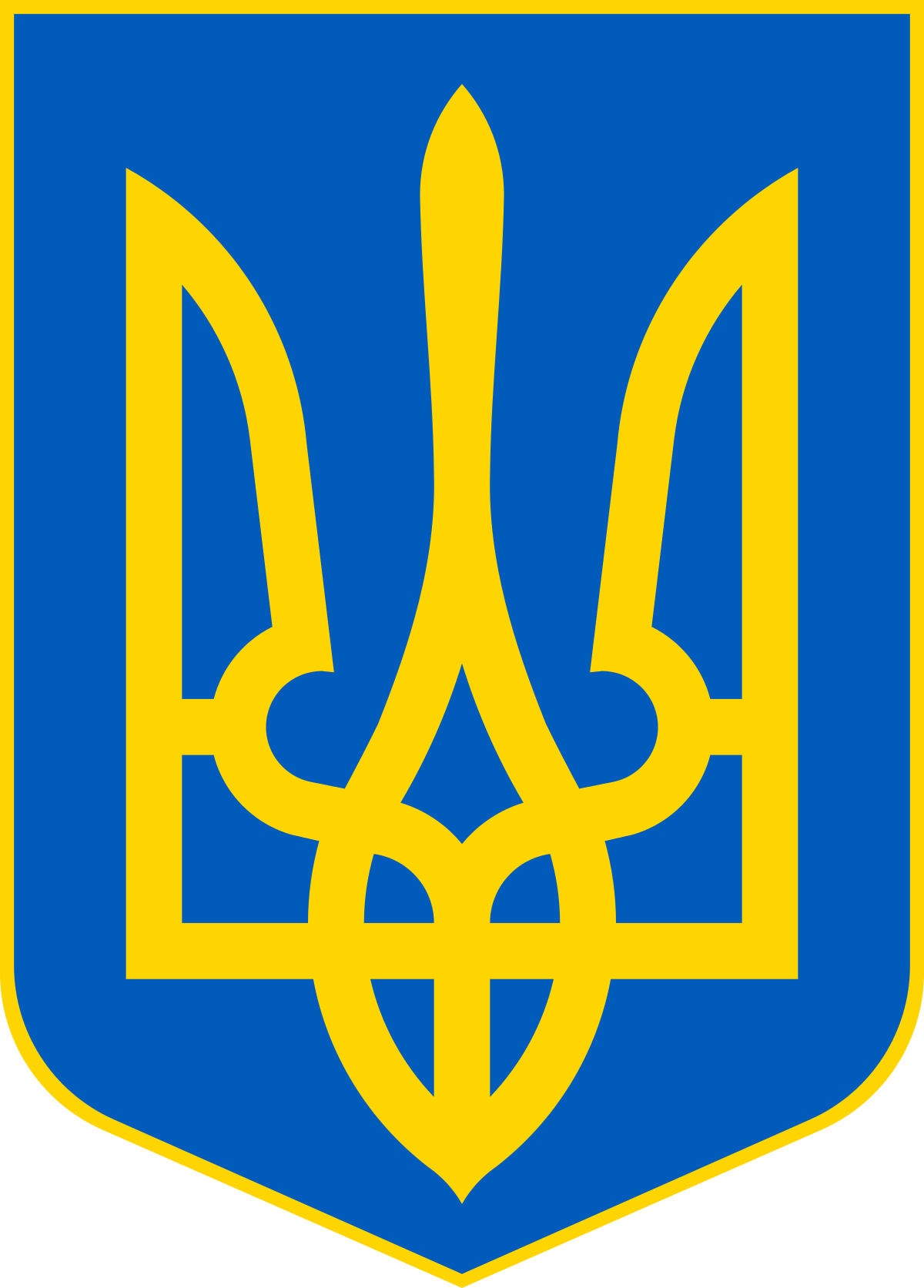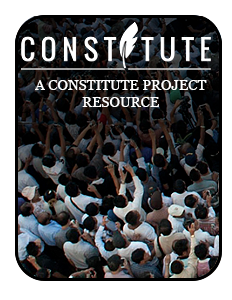Ukraine was the center of the first eastern Slavic state, Kyivan Rus, which during the 10th and 11th centuries was the largest and most powerful state in Europe. Weakened by internecine quarrels and Mongol invasions, Kyivan Rus was incorporated into the Grand Duchy of Lithuania and eventually into the Polish-Lithuanian Commonwealth. The cultural and religious legacy of Kyivan Rus laid the foundation for Ukrainian nationalism through subsequent centuries. A new Ukrainian state, the Cossack Hetmanate, was established during the mid-17th century after an uprising against the Poles. Despite continuous Muscovite pressure, the Hetmanate managed to remain autonomous for well over 100 years. During the latter part of the 18th century, most Ukrainian ethnographic territory was absorbed by the Russian Empire. Following the collapse of czarist Russia in 1917, Ukraine achieved a short-lived period of independence (1917-20), but was reconquered and endured a brutal Soviet rule that engineered two forced famines (1921-22 and 1932-33) in which over 8 million died. In World War II, German and Soviet armies were responsible for 7 to 8 million more deaths. Although Ukraine achieved final independence in 1991 with the dissolution of the USSR, democracy and prosperity remained elusive as the legacy of state control and endemic corruption stalled efforts at economic reform, privatization, and civil liberties.
A peaceful mass protest referred to as the "Orange Revolution" in the closing months of 2004 forced the authorities to overturn a rigged presidential election and to allow a new internationally monitored vote that swept into power a reformist slate under Viktor YUSHCHENKO. Subsequent internal squabbles in the YUSHCHENKO camp allowed his rival Viktor YANUKOVYCH to stage a comeback in parliamentary (Rada) elections, become prime minister in August 2006, and be elected president in February 2010. In October 2012, Ukraine held Rada elections, widely criticized by Western observers as flawed due to use of government resources to favor ruling party candidates, interference with media access, and harassment of opposition candidates. President YANUKOVYCH's backtracking on a trade and cooperation agreement with the EU in November 2013 - in favor of closer economic ties with Russia - and subsequent use of force against civil society activists in favor of the agreement led to a three-month protest occupation of Kyiv's central square. The government's use of violence to break up the protest camp in February 2014 led to all out pitched battles, scores of deaths, international condemnation, and the president's abrupt departure to Russia. New elections in the spring allowed pro-West president Petro POROSHENKO to assume office on 7 June 2014.
Shortly after YANUKOVYCH's departure in late February 2014, Russian President PUTIN ordered the invasion of Ukraine's Crimean Peninsula claiming the action was to protect ethnic Russians living there. Two weeks later, a "referendum" was held regarding the integration of Crimea into the Russian Federation. The "referendum" was condemned as illegitimate by the Ukrainian Government, the EU, the US, and the UN General Assembly (UNGA). Although Russia illegally annexed Crimea after the "referendum," the Ukrainian Government, backed by UNGA resolution 68/262, asserts that Crimea remains part of Ukraine and fully under Ukrainian sovereignty. Russia also continues to supply separatists in two of Ukraine's eastern provinces with manpower, funding, and materiel resulting in an armed conflict with the Ukrainian Government. Representatives from Ukraine, Russia, and the unrecognized separatist republics signed a ceasefire agreement in September 2014. However, this ceasefire failed to stop the fighting. In a renewed attempt to alleviate ongoing clashes, leaders of Ukraine, Russia, France, and Germany negotiated a follow-on peace deal in February 2015 known as the Minsk Agreements. Representatives from Ukraine, Russia, and the Organization for Security and Cooperation in Europe also meet regularly to facilitate implementation of the peace deal. Scattered fighting between Ukrainian and Russian-backed separatist forces is still ongoing in eastern Ukraine.
Ukraine is a semi-presidential republic.
Source: CIA World Factbook
Members:
Resources
Displaying 1 - 5 of 25Constitution of Ukraine 1996 (rev. 2014)
The constitution was adopted by the Verkhovna Rada of Ukraine
Law No. 353-XIV “On geodetic and topographic activity”.
The scope of this Law shall be to regulate relations in the sphere of topographic, geodetic and cartographic activity, including distant zoning of the Earth, land-use planning, cartographic monitoring and land survey, with a view of provision of the state and the citizens with the outcome of geodetic and cartographic activity. Geodetic and cartographic activity shall be performed by certified geodetic engineers that shall be liable for the outcome thereof. Results of geodetic and cartographic activity shall be mapped graphically and shall comply with the established standards.
Law No. 367-VII amending Law No. 353-XIV “On geodetic and topographic activity”.
Article 17-1 shall be amended to add the following wording: “Technological substantiation of topographic, geodetic and cartographic activity shall be based upon utilization of modern information technologies and systems for creation of geodetic, topographic and cartographic materials, collection, processing, keeping, storage, control, renewal, research, transformation, mapping, release and transfer of data”.
Amends: Law No. 353-XIV “On geodetic and topographic activity”. (2012-10-16)
Law No. 365-VII amending Law No. 3613-VI "On state land cadastre".
Article 9 shall be amended to add the following wording: "State registration of land plots, use restrictions, keeping land registers, insertion of data related to land plots in State land cadastre shall be performed by state cadastre officials operating in the area of location of land plot (district, city of regional significance of the Autonomous Republic of Crimea and city of provincial significance)".
Amends: Law No. 3613-VI "On state land cadastre". (2012-10-16)




